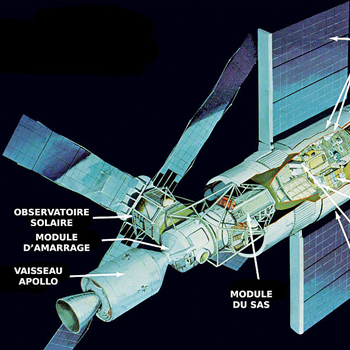Question #5600e
1 Answer
Earth's atmosphere scatters less of the blue wavelengths when it appears high in the sky.
Explanation:
There is no actual white wavelength in any spectra. The term "white light" just refers to a large range of wavelengths from the visible spectrum being present. So, since the moon does not emit any substantial amount of light on its own all of the light we see from it is reflected primarily from the sun. There is a bit of starlight and light from the Earth being reflected as well.
The light from the sun is actually fairly white. Because there is more atmosphere between a person viewing the sun and the sun itself when it is low in the sky, the atmosphere scatters more of the blue wavelengths. That's why sunrises and sunsets appear red/orange/yellow. When the sun is high in the sky it is actually appears more white. The same principle applies to the moon.
The albedo (amount of light reflected by the terrain) of the moon is fairly low. So the soil absorbs most of the light coming from the sun equally across the spectrum. This is actually much better for us because if it reflected a lot of the sun's light, we would essentially have a much closer sun.
So the light coming from the moon is actually quite faint, about 12-13% of the sun's. A reason why it appears white to us is the Purkinje Effect. This is simply where our eyes are more inclined to see bluer-whiter colors when light is faint.
Another reason why the moon appears so bright to our eyes is the Opposition Effect. This is when an reflecting object directly opposite from a light source, like the moon most of the night, appears brighter because you can't see a lot of shadows.

